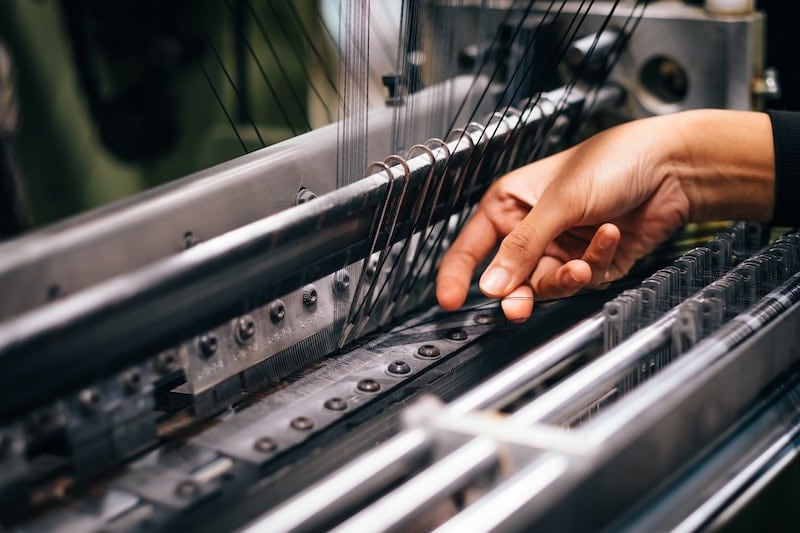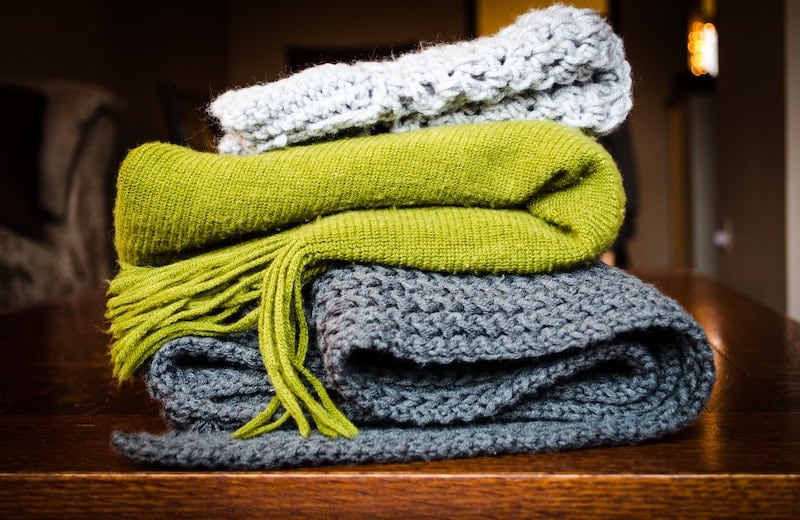By: Behnam Ghasemi – Kohan Textile Journal
The textile industry is one of the most important industries of large industrial countries. In developed countries such as the United States, the United Kingdom, and Italy, much attention has been paid to the textile industry.
The textile industry is one of the main pillars of the powerful economies of these countries.
In Iran, the textile industry is also very important. Iran’s textile industry has a long history. However, its development has not been as expected.
The textile industry is one of the oldest industries in the world. This industry is very productive and has played a decisive role in the industrial growth of different countries. One of the most important features of the textile industry is the practicality of its products. Clothing has long been one of the basic human needs. Because of this, the products of the textile industry have been directly related to human life. Besides, the textile industry does not require complex knowledge and equipment. Therefore, the textile industry has been able to develop very quickly.
Iran, as one of the oldest human settlements, has a long history in the textile industry. Traces of the antiquity of Iran’s textile industry can be found among the historical monuments found in the central regions of Iran. These signs indicate the high importance of clothing and textile production in Iran. However, Iran’s clothing industry has developed less than expected.
One of the effective strategies for the development of Iran’s textile industry is to attract foreign investors. Foreign investment in Iran’s textile industry can accelerate its progress. Iran has a historical background in the textile industry and has the possibility of extensive exports of fabrics to neighbouring countries. For these reasons, Iran is a good option for investing in the textile industry.
In this article, we review the Iranian textile industry; we also take a look at the current state of Iran’s textile industry and its opportunities and threats.
History of Iranian textile industry
In Iran, the textile industry is one of the oldest industries. In historical excavations, some traces of people’s lives have been found in Kashan Sialk region. These monuments show that people were familiar with the textile industry at that time. The discovery of sewing tools and fabric production in the Silk region is one of the most important historical pieces of evidence of Iran’s textile industry.
Also, by studying ancient coins, historical murals, and engravings on stones, one can get acquainted with the way the people of ancient Iran dressed. Historical evidence shows that the people of ancient Iran used leather, wool, and linen in their clothing. The people of ancient Iran produced and consumed a variety of fabrics. During the Parthian and Sassanid eras, textile exports from Iran to other countries increased. Iran exported woollen and cotton fabrics to other countries such as China.
Iranian antique textiles that have survived from the distant past show the level of development of Iran’s textile industry in previous centuries. During the Safavid period, cultural unity increased; Because of that, more attention was paid to works of art, handicrafts, architecture, and the textile industry. Some of the most important historical monuments of Iran’s textile industry belong to the Safavid era.
The current situation of Iran’s textile industry
Iran is currently not one of the top countries in the textile and clothing industry. Various reasons have led to little development of the textile industry in Iran. One of the most important reasons for the underdevelopment of Iran’s textile industry is the lack of appropriate plans and strategies. Iran’s textile industry has received little attention; The plans and measures taken in this industry are not in line with the needs of the world market.
High imports of clothes and fabrics to Iran is another important reason for the lack of development of the country’s textile industry. Iran is one of the major importers of textiles and clothing in the world. Many of the fabrics used in Iran are made in East Asian countries.
Iranian clothing manufacturers and textile factories are trying to make new and quality products. And Because of that, Iran’s textile industry is on the path of development. The textile industry in Iran has a great potential for growth and development. However, problems such as the high cost of raw materials and the large imports of textiles and clothing have slowed its growth.
However, the efforts of textile factories in Iran have provided a good ground for the development of the textile industry. The expansion of the textile industry has several advantages; including the need for a minimal investment, job creation, high profitability, etc.
Investing in Iran’s textile industry has a high probability of success. Due to the existence of skilled and inexpensive manpower, having a brilliant historical and cultural background, the innovation of industrial producers, Iran’s textile industry is a very suitable option for investment.
The textile industry generates more employment and added value than any other industry. Besides, about 95% of the textile industry is owned by non-governmental investors. Foreign investors can make a lot of money by investing in Iran’s textile industry. If the Iranian textile industry is considered and supported by foreign investors, it will have high profitability and can become one of the poles of the textile industry in the world.
Strengths, weaknesses, opportunities, and threats in the Iranian textile industry
Before making any investment, strengths and weaknesses must be carefully evaluated. You should also be fully aware of the opportunities and threats facing investment.
Iran’s textile industry has many strengths; including:
• Having a historical and artistic background and high expertise in the production of textiles
• Low-cost employment
• Existence of academic centres related to textiles
• Existence of skilled labour
• The high production capacity of raw materials of the textile industry
• Numerous strong production units
At the same time, among the weaknesses of Iran’s textile industry can be mentioned:
• High production costs of textile industry products in Iran
• Very traditional, inefficient, unorganized distribution network. This distribution network is one of the important reasons for the decline of Iran’s textile industry.
• Cultural and social constraints on product design
• Lack of support for domestic brands and manufacturers of textiles and clothing
• Use of old and worn machines in many textile factories
• Lack of product design tailored to market demand
• Lack of proper strategy and measures
Nevertheless, valuable opportunities lie ahead for Iran’s textile industry; Opportunities such as:
• Cheap labour compared to other countries. It is one of the best opportunities for foreign investors to invest in Iran’s textile industry.
• Ability to export all textile and clothing goods to neighbouring countries
• Ability to export and access land as fast as possible
• Having a significant domestic consumer market. The young population of Iran consumes a lot of clothes.
• Possibility of rapid industrial growth
There are also threats to investing in Iran’s textile industry; including:
• Lack of cotton production in Iran
• Restrictions on access to export markets due to sanctions
• Non-punishment of suppliers of smuggled products
• Existence of strong international competitors
Overall, Iran’s textile industry has progressed over the past few decades. There are good opportunities for the growth of Iran’s textile industry. For this reason, Iran’s textile industry is a good option for foreign investors.
























